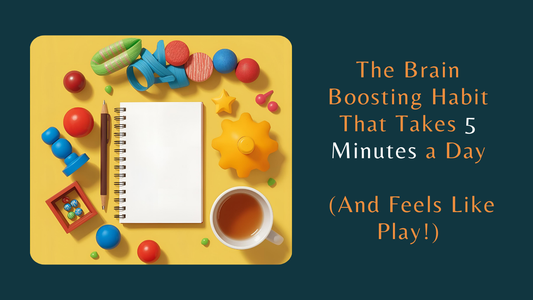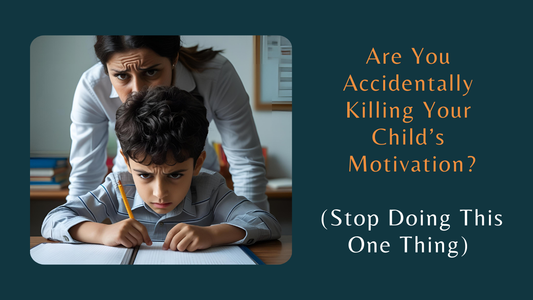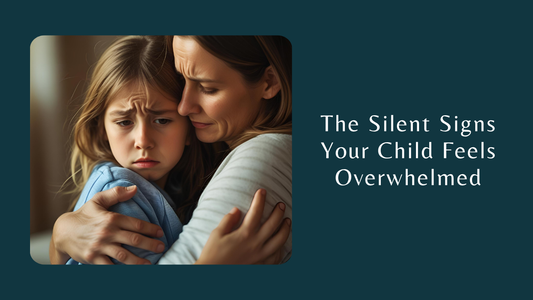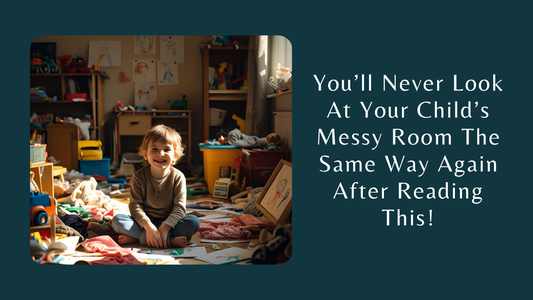Let’s dive into the hidden reasons why, the best comfort blankets to choose, and why you should encourage it.
You’ve probably seen it before – a toddler dragging a well-loved, slightly raggedy blanket everywhere they go? It’s a soft, sometimes smelly, and absolutely inseparable from its small human companion. But have you ever stopped to ask: why do kids love comfort blankets so much?
These seemingly simple squares of fabric hold more power than we often realise. Let’s explore the hidden psychology behind them, what makes a great comfort blanket, and why it’s a habit you should absolutely support!
The Hidden Reasons Behind the Comfort Blanket Obsession
Comfort blankets (or “security blankets”) aren’t just cute props in childhood – they serve a real psychological purposes:
Emotional Security
Young children are still learning how to regulate their emotions. A comfort blanket offers a predictable, soft, and calming presence that helps soother anxieties. Whether it’s bedtime, starting nursery, or facing thunderstorm, the blanket acts as a familiar safety cue.
Transitional Object
Psychologists call comfort blankets “transitional objects” – items that help bridge the gap between the dependency of infancy and the independence of toddlerhood. As children grow and spend more time away from parents, a comfort item provides reassurance.
Scent and Texture Memory
Children often associate their blankets with the smell of home or their caregivers. Over time, the texture and scent become uniquely comforting. It’s like carrying a bit of “home” around with them.
Routine and Sleep Aid
Blankets become part of bedtimes rituals – and children thrive on routine. A familiar blanket signals that it’s time to wind down, making sleep transitions easier and often more peaceful for everyone involved.
What Makes the Best Comfort Blanket?
Not all blankets are created equal, especially in the eyes of a discerning toddler. Here’s what to look for:
Soft and Safe Materials
Opt for hypoallergenic, breathable fabrics like organic cotton or bamboo. Avoid harsh synthetic fibres, which can irritate sensitive skin.
Right Size
A good comfort blanket is small enough for a child to carry and cuddle but big enough to snuggle with. Typically, 30x30cm to 60x60cm is ideal.
Durability (and washability!)
Let’s face it – it’s going to get well loved. Choose on that can withstand frequent washes and the occasional tug-of-war with the dog.
Appealing Texture or Features
Ribbons, tags, or slightly knotted corners often become favourite fidget points. Some children love a silky trim, others prefer fleece – observe what your child naturally gravitates towards.
Backup Plan
Pro tip: buy two (or more) of the exact same one and rotate them from the start. This saves tears in the inevitable case of “lost blanket syndrome.”
Why you should Encourage the Comfort Blanket Bond
Some parents worry that letting their child rely on a comfort object will delay independence. In truth, the opposite is often the case. By giving children something they can control and rely on, you’re actually supporting emotional resilience.
A comfort blanket:
- Promotes self-soothing skills.
- Helps children manage stress during change.
- Encourages independence through reassurance.
- Can ease separation anxiety.
As children grow, they’ll gradually rely on their blanket less – but only when they are ready. It’s natural, healthy process, and letting them set the pace builds trust and emotional intelligence.
In Conclusion
Comfort blankets might look like just another baby item, but for a child, they can be a beloved companion, emotional anchor, and safe space all rolled into one. Supporting your child’s attachment to a comfort blanket isn’t just okay – it’s one of the kindest and smartest things you can do.
So next time you see a little one clutching their scruffy piece of cloth, remember: they are holding far more than fabric. They are holding security, love, and building blocks of independence.








